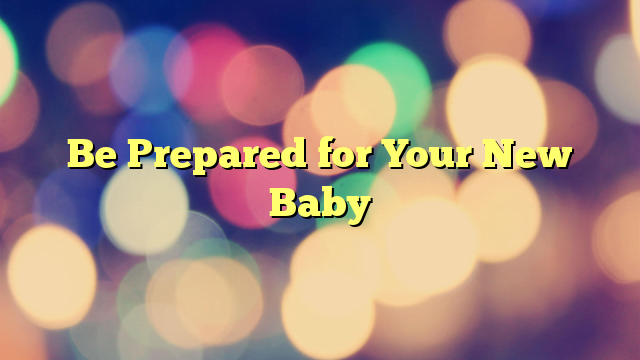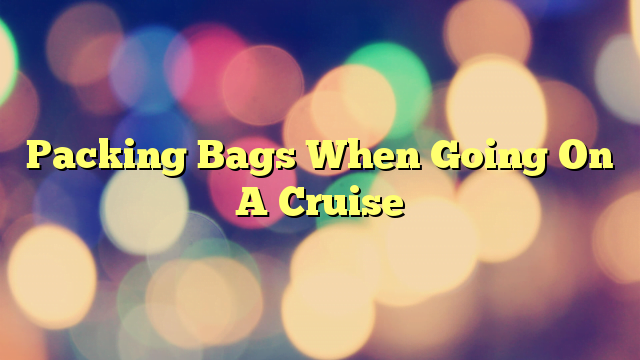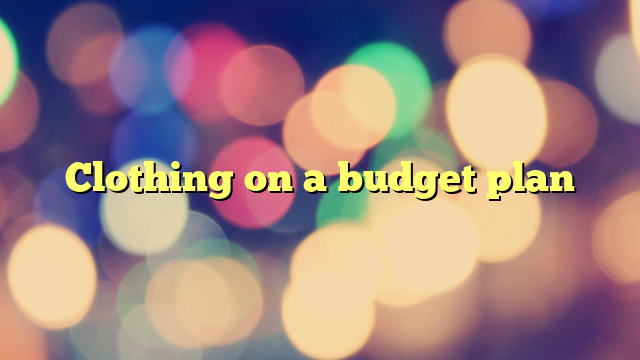Ballroom Dancing-Let’s Talk Shoes
Ballroom Dancing-Let’s Talk Shoes
Ballroom dancing, like most other sports, (and if you don’t believe it’s a sport, get out there and do swing dancing for an hour or so and see if you don’t work up a sweat) has it’s own ‘uniform’ of sorts, including the style of clothing as well as the type of shoes worn. That varies, of course, depending on whether you’re going to class, a studio dance or a competition.
I often hear the question – ‘What kind of shoes should I wear to dance in? It’s my opinion that the very best choices for footwear are those designed especially for ballroom dancing and even more specifically for the exact dance style you plan to be doing. But until such time as you decide to reward yourself with that sexy strappy Latin shoe with the Cuban heel for the cha-cha or rhumba, or a gorgeous sequined number for the elegant waltz, practicing in street shoes is perfectly acceptable.
Now…having said that, let me quickly add that not just any street shoe will do. Styles that should be avoided include anything with rubber soles, like sneakers, (they just don’t give you the slide you need on the floor), open-toes (for obvious reasons, you’re still learning and chances are so is your partner), such as sandals or (heaven forbid) flip-flops! And yes, I’ve actually seen people show up for class wearing flip flops! Try to execute a double spin in those!
But, if you have a leather soled shoe, such as a loafer-type, or for men, a dress shoe style, these will usually accomodate you nicely. The most important factor is that they must be comfortable and not tight on your feet. If your feet are aching, you’ll soon be unable to focus on anything else.
The dance floor itself plays a part in the comfort level of your feet. Some studios have the proper flooring for dancing, which usually includes a cushiony, almost spring-like underflooring. This type floor enables dancers to dance for hours without feeling much effect…IF their shoes are also adequately comfortable. But some dance studios are built on a concrete slab, with only a layer of hardwood over it, and on those floors your poor feet will take a pounding.
When the time comes that you decide to invest in a good pair of dance shoes, shop around a bit. Prices and styles vary and the selection is almost endless. Prices can range from $30-50 on the low end to well over $200 on the high end. Dance shoes are designed not only to be best suited for dancing, but to enhance the overall aesthetics of your dance…you’ll simply look better out there on the floor.
Many of the features of dance shoes serve practical purposes. The ankle straps are not just eye-appealing, they actually help your feet stay firmly in your shoes. Some of the pump styles have elasticized rims on the uppers which ‘hugs’ the shoe to your foot. The heels are different heights and widths, depending on the style of dance they’re designed for. The soles are typically suede, which gives you the ability to literally ‘glide’ as you dance across the floor, and are especially helpful when doing turns and spins.
To preserve the life of these suede soles, dance shoes should never be worn outside. Two other accessories that will extend the wear of your dance shoes – a carrying case for transporting them, and a sole brush to lift the nap of the suede every couple of weeks or so.
One final note – dance shoes (or any other shoe, for that matter) should be tried on in the late afternoon or evening, when your feet are typically at their largest. You’ll be requiring a lot of your feet over the span of your dancing experience…treat them right, dress them properly and you’ll have a great foundation on which to build a lifetime of ballroom dancing.


